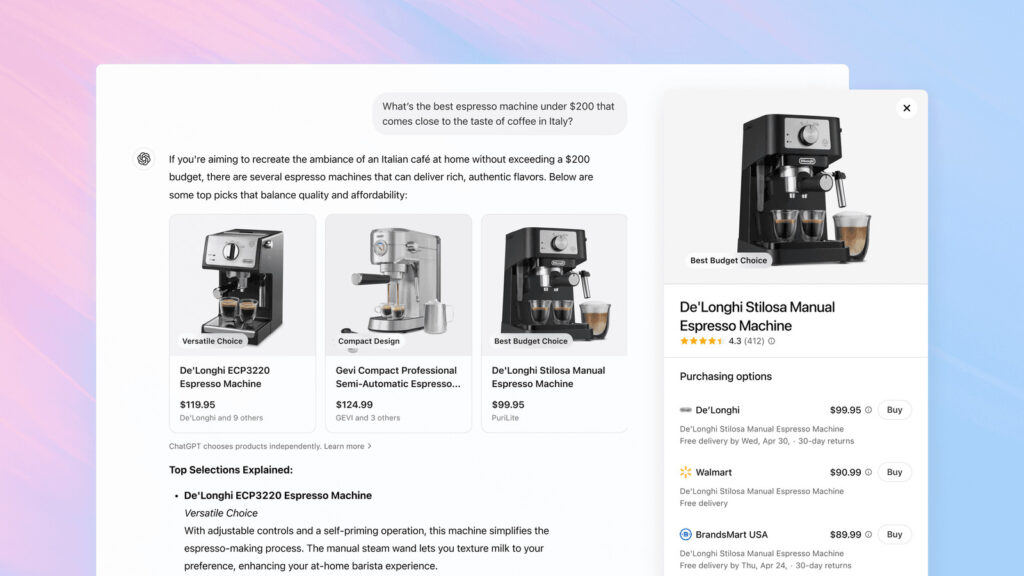Introduction to Enterprise Taxonomy
The concept of enterprise taxonomy is a crucial aspect of organizing and structuring data within an organization. It involves creating a system that categorizes and connects different pieces of information, making it easier to access, understand, and utilize. This system is essential for efficient data management and plays a significant role in various sectors, including healthcare, technology, and business.
Understanding Enterprise Taxonomy Topics
Enterprise taxonomy encompasses a wide range of topics, each serving a unique purpose. These include:
- Interoperability: The ability of different systems and organizations to work together seamlessly, sharing and using information effectively.
- Population and Public Health: Focuses on the health and well-being of populations, using data and analytics to understand and improve public health outcomes.
- Analytics: The process of analyzing data to draw conclusions and make informed decisions.
- AI (Artificial Intelligence): The use of computer systems to perform tasks that typically require human intelligence, such as learning, problem-solving, and decision-making.
- Data and Information: The collection, storage, and management of data to support informed decision-making.
- Care: Refers to the provision of what is necessary for the health, welfare, maintenance, and protection of someone or something.
Importance of Enterprise Taxonomy
Enterprise taxonomy is vital for any organization looking to streamline its operations, enhance efficiency, and improve decision-making. By implementing a robust taxonomy system, organizations can:
- Enhance data accessibility and usability
- Improve collaboration and interoperability across different departments and systems
- Support strategic decision-making through analytics and AI
- Ensure the quality and integrity of data and information
- Foster a culture of care and customer-centric approach
Implementation and Benefits
The implementation of enterprise taxonomy requires careful planning, execution, and ongoing maintenance. The benefits, however, are multifaceted:
- Improved Efficiency: Automates many processes, reducing manual labor and increasing productivity.
- Enhanced Decision-Making: Provides accurate and timely data, supporting informed decisions.
- Increased Collaboration: Facilitates the sharing of information across the organization, promoting a cohesive strategy.
Conclusion
Enterprise taxonomy is a fundamental component of modern organizational management, offering a structured approach to data and information management. By understanding and implementing the various topics under enterprise taxonomy, organizations can significantly enhance their operational efficiency, decision-making capabilities, and overall performance. As technology continues to evolve, the importance of a well-designed enterprise taxonomy will only continue to grow.
FAQs
- Q: What is the primary purpose of enterprise taxonomy?
A: The primary purpose is to create a system for categorizing and connecting different pieces of information within an organization. - Q: How does enterprise taxonomy improve decision-making?
A: By providing a structured approach to data management, it ensures that decisions are based on accurate and timely information. - Q: Is enterprise taxonomy relevant to all types of organizations?
A: Yes, it is relevant to any organization looking to improve its data management and operational efficiency.











